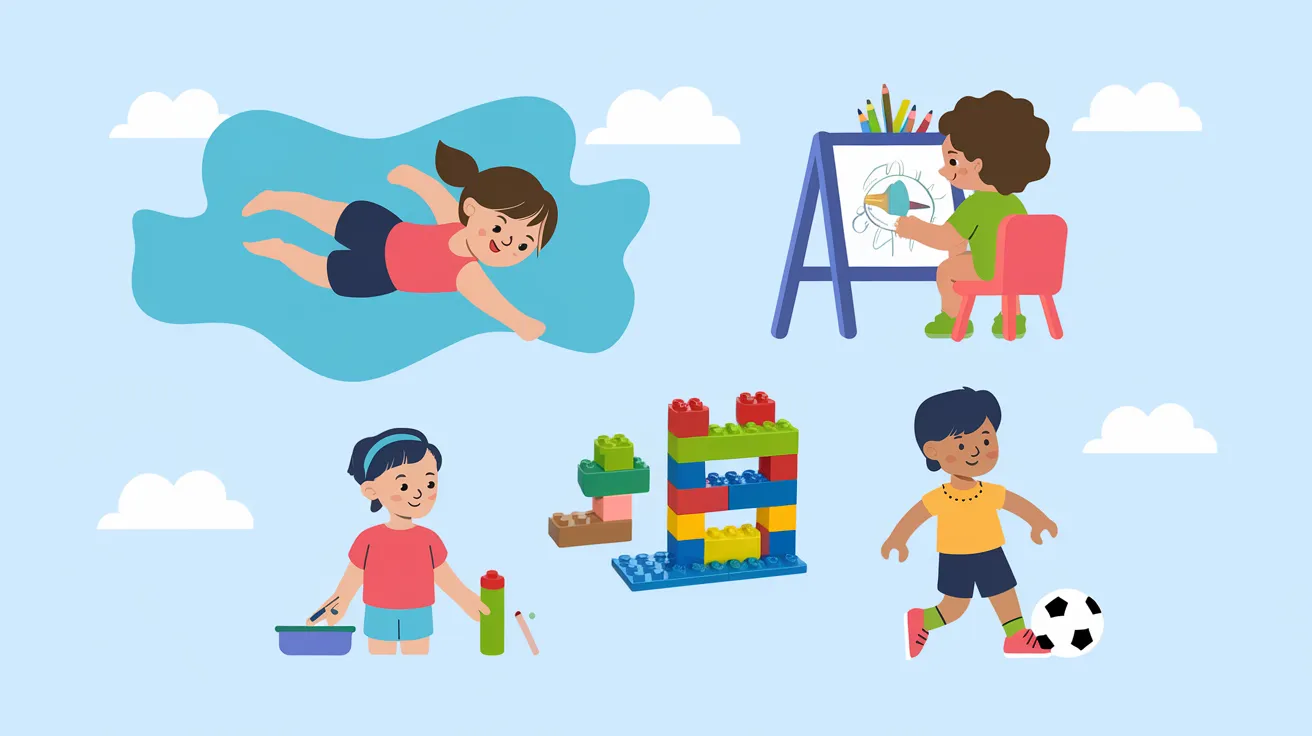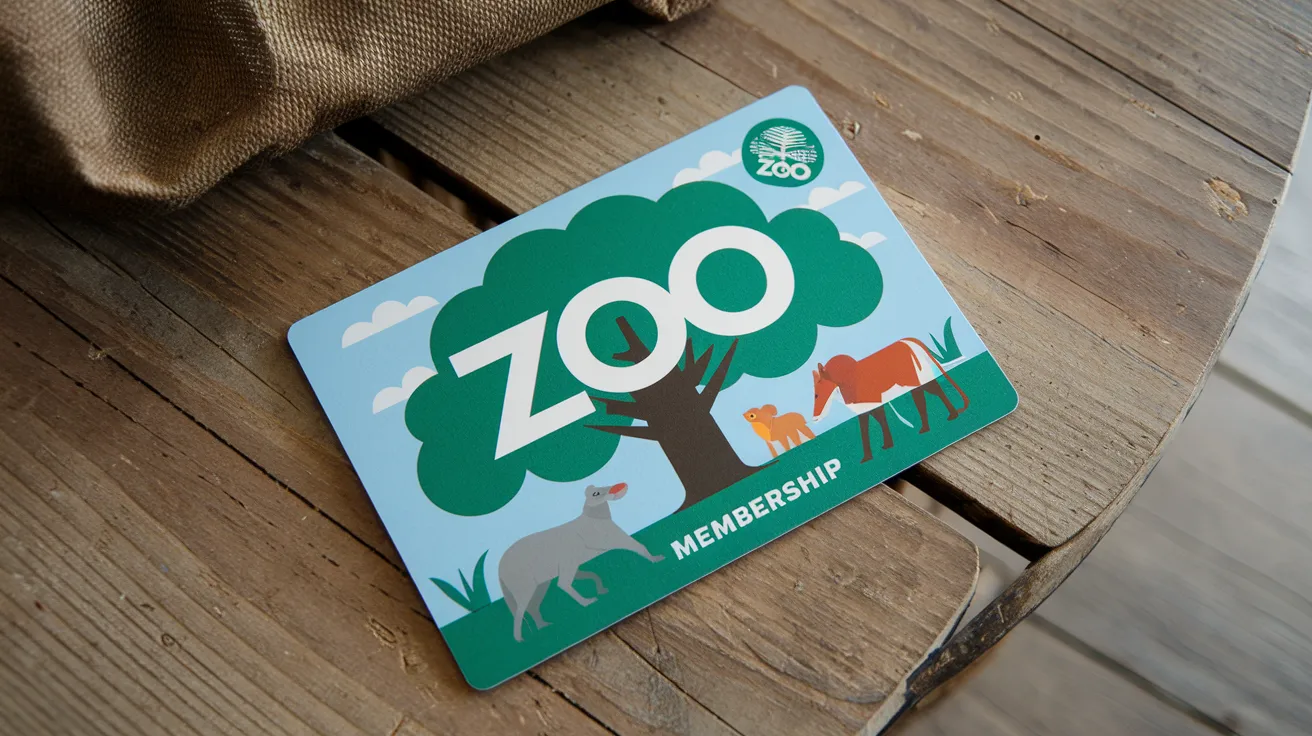A few years ago, A friend of mine signed her son up for soccer, swim lessons, and a music class all in the same season. Before she knew it, she was spending hundreds every month.
It wasn’t just the registration fees. It was the uniforms, equipment, and travel costs that added up fast. Keeping kids engaged was way more expensive than I expected.
She is not alone. Parents spend an average of $731 per child per year on extracurriculars, with some families easily surpassing a few thousand. That’s a big hit to any budget.
The good news? Keeping kids active doesn’t have to cost a fortune. With a little creativity, you can cut costs while still giving them amazing experiences.
Here are 10 smart, guilt-free ways to save on kids’ activities without sacrificing fun.
1. Prioritize Free Community Activities

Most cities have many free activities for kids; you just have to know where to look.
Libraries often offer free storytimes, craft workshops, and even STEM programs. Community centers host game nights, art classes, and seasonal events at no cost. Parks frequently run free outdoor movie nights and fitness programs for families.
Local museums, zoos, and science centers also have free admission days. Some libraries even offer museum passes you can check out, letting your family visit top attractions for free.
Another great resource? City-sponsored youth programs. Many towns offer free or low-cost sports leagues, dance classes, and summer camps.
These are often run by volunteers or funded by local grants, making them an affordable alternative to pricey private programs.
Before signing your child up for an expensive activity, check out what’s already available in your community. You might be surprised at how many fun (and free) options there are!
2. Swap Expensive Classes for DIY Learning

Not every skill requires formal lessons. With so many free resources available, you can teach your child new hobbies without the hefty price tag.
YouTube has thousands of tutorials on everything from piano lessons to karate. Websites like Khan Academy Kids, Outschool, and Duolingo offer free or low-cost classes in languages, coding, and art.
If your child loves hands-on learning, try parent-led co-ops. Gather a few families and take turns teaching different skills. One parent might lead a weekly science experiment, while another teaches painting or soccer drills.
For structured learning, check your library for free activity kits. Many libraries loan out musical instruments, robotics kits, and craft supplies so kids can explore new interests at no cost.
By using online resources and community programs, you can skip the expensive lessons while still helping your child develop new skills.
3. Buy Secondhand Equipment and Gear

New gear can be pricey, but there’s no need to buy everything brand new. Secondhand items work just as well and cost a fraction of the price.
Check Facebook Marketplace, Craigslist, and local buy/sell groups for gently used sports gear, musical instruments, and art supplies. Many parents sell barely-used items after their kids lose interest so they can score amazing deals.
Thrift stores and consignment shops are also goldmines for dance shoes, cleats, jerseys, and more. Some even have seasonal sales where you can swap outgrown items for free or at a discount.
If your child plays sports, ask about equipment rental programs. Some leagues provide gear at a low cost, saving you from buying expensive bats, pads, or uniforms.
Buying secondhand can easily cut your costs in half, and your child won’t know the difference!
4. Take Advantage of Trial Classes and Promotions

Many activity centers offer free or discounted trial classes; you just have to ask.
Dance studios, martial arts schools, and music programs often let kids try a class before committing. Some even offer a week of free lessons to help families decide. This is a great way to test the waters without spending a dime.
Keep an eye out for seasonal discounts. Many places run promotions in the fall or after the holidays when sign-ups are slower. Some also offer sibling discounts or referral bonuses, which can add up fast.
For online programs, platforms like Outschool, Skillshare, and ABCmouse often have free trials. If your child enjoys the lessons, you can decide whether to continue at a discounted rate.
Before paying full price, always check for free trials or first-time discounts. It’s an easy way to save on kids’ activities without sacrificing quality.
5. Rotate Activities Instead of Doing Them All at Once

Signing up for multiple activities at the same time drains both your wallet and your schedule. Instead, try rotating activities seasonally to save money and prevent burnout.
For example, your child can play soccer in the fall, take a break in the winter, and try swimming in the spring. This way, you’re only paying for one activity at a time instead of juggling multiple fees.
This approach also helps kids stay excited and engaged. When they know they’ll get to try new things throughout the year, they’re less likely to lose interest.
Another bonus? Fewer scheduling conflicts. With just one activity per season, your family can enjoy more downtime instead of rushing from practice to practice.
By spacing out activities, you can keep costs under control while still giving your child a variety of experiences.

You don’t have to pay for lessons when you have a network of talented parents.
Create a skill-share group where each parent teaches something they know. One might coach soccer, another might lead a painting session, and someone else might teach basic coding. This way, kids get exposure to multiple activities for free.
These groups work well for everything from music and sports to arts and STEM activities. You can meet weekly, biweekly, or even monthly, depending on schedules.
If organizing a group feels overwhelming, start small. Trade skills with one or two families and expand from there. Even a simple playdate swap where kids take turns learning a new skill can save big on paid activities.
Not only does this cut costs, but it also builds a stronger community and gives kids a fun, social learning environment.
7. Use Memberships and Subscriptions Wisely

Activity memberships can be a great deal—if you use them strategically.
Family memberships at zoos, museums, aquariums, and science centers often pay for themselves in just a few visits. Some even include perks like free guest passes, discounts on special events, and reciprocal admission to other locations.
Libraries also offer hidden money-saving benefits. Many have free passes to museums, nature centers, and cultural attractions. Some even provide access to online learning platforms like ABCmouse and Creativebug at no cost.
Before signing up for any membership, do the math. If you visit enough times to justify the cost, it’s a smart investment. If not, look for free alternatives through your community or library.
With the right memberships, you can save on kids’ activities while giving them plenty of fun and educational experiences.
8. Find Low-Cost Alternatives to Popular Activities
You don’t have to pay top dollar for kids to enjoy their favorite hobbies. There are plenty of budget-friendly alternatives that offer the same fun at a lower cost.
Instead of pricey private sports leagues, check out community center teams or YMCA programs. They often cost a fraction of what club sports charge. If your child loves gymnastics, look into recreation center classes instead of expensive private studios.
For music lessons, try group classes or student-led lessons from high school or college musicians. These are often much cheaper than professional instructors.
If your child is into theater, see if local churches, libraries, or schools offer free or low-cost drama programs instead of high-priced acting academies.
By swapping expensive activities for more affordable versions, you can keep your child engaged without overspending.
9. Take Advantage of School and Nonprofit Programs
Many schools and nonprofits offer free or low-cost extracurricular activities, but they’re not always heavily advertised.
Schools often have clubs, intramural sports, and after-school programs that cost little to nothing. Some even offer free music, drama, or STEM programs funded by grants.
Nonprofits like the Boys & Girls Club, 4-H, and local YMCAs provide affordable activities ranging from sports to leadership programs. Many have sliding-scale fees, so families on a budget pay less—or nothing at all.
Check with churches, community centers, and scouting groups as well. They often offer arts, crafts, and outdoor adventure programs at a much lower cost than private classes.
Tapping into these resources can help your child stay active and engaged—without the hefty price tag.
10. Set a Budget and Get Kids Involved
Teaching kids about money while cutting costs? Win-win.
Set a clear budget for extracurriculars and let your child help decide how to spend it. If they know there’s a $200 limit per season, they’ll start thinking about which activities matter most.
Encourage them to fund part of their activities by saving allowance money, doing small chores, or even selling old toys. This helps them appreciate the value of their hobbies.
Another trick? Give experiences as gifts. Instead of more toys, ask relatives to contribute toward a class, camp, or membership. Grandparents love giving meaningful gifts, and this keeps clutter to a minimum.
When kids understand the cost of activities, they become more invested—and you keep spending under control.
Conclusion
Keeping kids active and engaged doesn’t have to drain your budget. With a little creativity, you can save on kids’ activities while still giving them meaningful experiences.
From free community programs to budget-friendly alternatives, there are plenty of ways to cut costs without sacrificing fun. Buying secondhand gear, using trial classes, and rotating activities can make a big difference.
At the end of the day, it’s not about how much you spend—it’s about the memories and skills your child gains along the way.
Which of these money-saving tips will you try first? Let me know in the comments!
FAQ: How to Save on Kids’ Activities
Check your local library, community center, and parks department for free events. Many cities offer free admission days at museums, zoos, and cultural centers. Websites like Macaroni Kid and local Facebook groups are great for finding free family activities.
Yes! Facebook Marketplace, Play It Again Sports, and thrift stores often have lightly used items at a fraction of the price. Many leagues and schools also offer rental programs or swap events to help families save.
Set a budget, rotate activities seasonally, and look for group lessons or nonprofit programs. Prioritizing trial classes, discounts, and memberships can also keep costs low.
Try YMCA youth sports, community leagues, or school-run teams. These are much cheaper than private clubs. Some cities also offer scholarships for sports and activity programs.
Use YouTube tutorials, free online courses, and parent-led skill shares. Many libraries also provide access to free learning platforms like Creativebug and ABCmouse.
